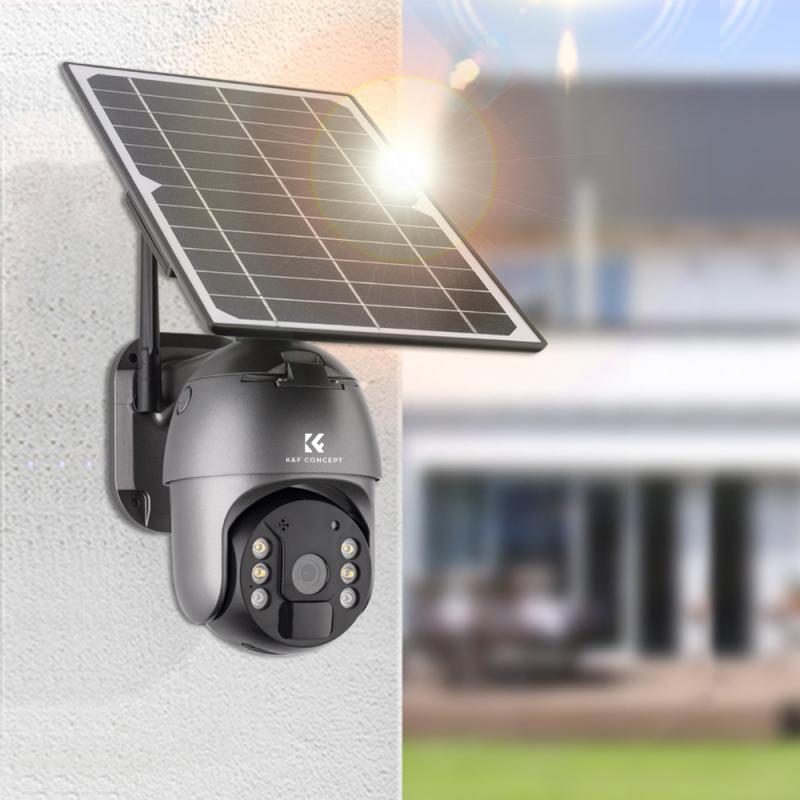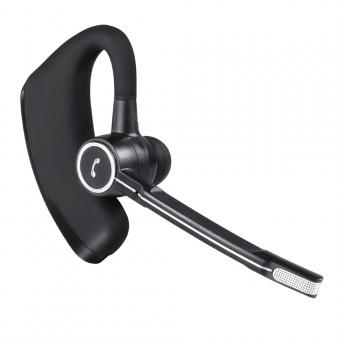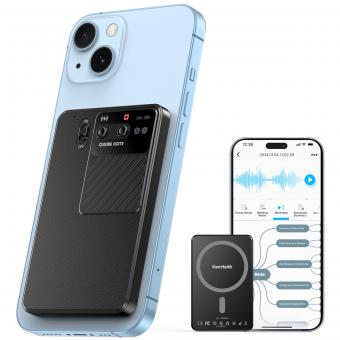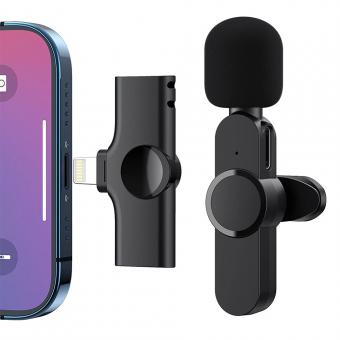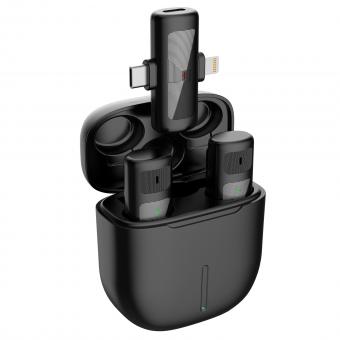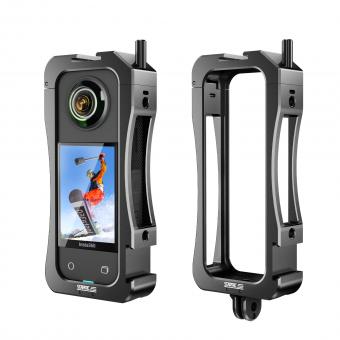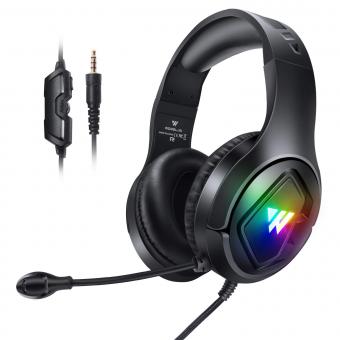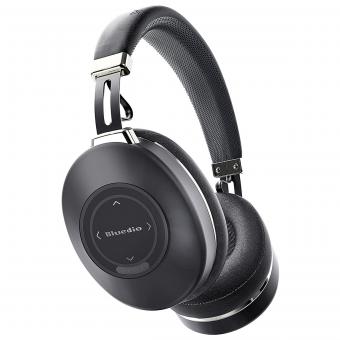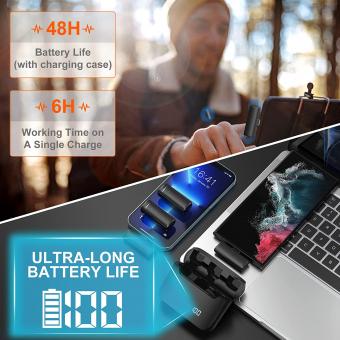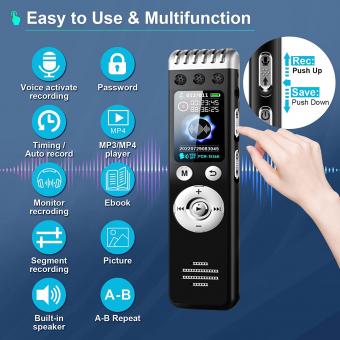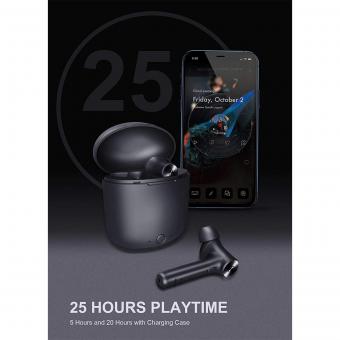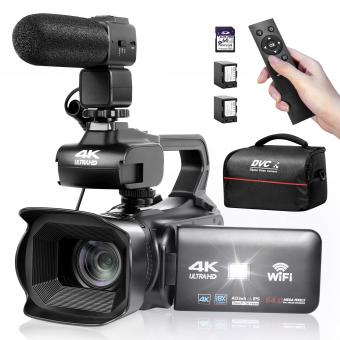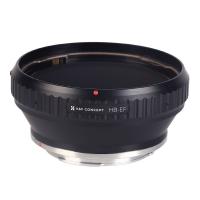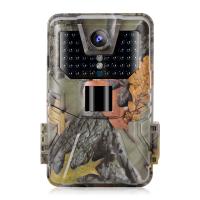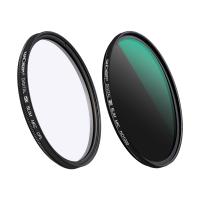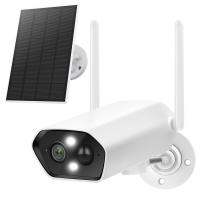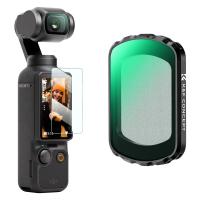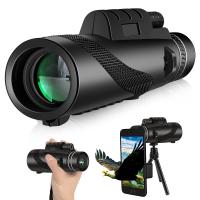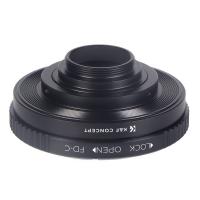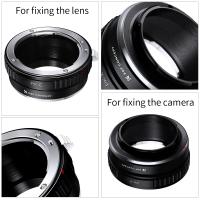How To Block Audio Recording Devices ?
To block audio recording devices, you can use various methods. One option is to use soundproofing materials to minimize sound leakage. This can include using acoustic panels, soundproof curtains, or foam insulation. Another method is to use white noise or sound masking devices to create a background noise that can interfere with audio recording. Additionally, you can use radio frequency (RF) signal detectors to identify and locate hidden recording devices. These detectors can help you find devices that transmit audio wirelessly. It is also important to be cautious and aware of your surroundings, as some recording devices may be hidden in plain sight.
1、 Physical barriers and soundproofing techniques for audio recording prevention.
How to block audio recording devices? One effective method is to use physical barriers and soundproofing techniques for audio recording prevention. These measures can help protect sensitive information and maintain privacy in various settings, such as offices, meeting rooms, or even personal spaces.
Physical barriers can include the use of acoustic panels or soundproof curtains to absorb or block sound waves. These materials are designed to reduce the transmission of sound, making it difficult for audio recording devices to capture clear audio. Additionally, installing soundproof doors and windows can further enhance the effectiveness of these barriers.
Another approach is to employ white noise or sound masking systems. These systems emit a constant background noise that can mask conversations and make it challenging for recording devices to capture specific sounds. White noise generators can be strategically placed in areas where privacy is crucial, effectively rendering audio recording devices useless.
Furthermore, electronic countermeasures can be employed to detect and block audio recording devices. These devices use radio frequency (RF) detection technology to identify hidden microphones or other recording devices. They can then emit a signal that disrupts the recording capabilities of these devices, rendering them ineffective.
It is important to note that as technology advances, so do the capabilities of audio recording devices. Therefore, it is crucial to stay updated on the latest advancements in audio recording technology and security measures. Regularly reviewing and updating physical barriers and soundproofing techniques can help ensure the continued effectiveness of audio recording prevention methods.
In conclusion, blocking audio recording devices can be achieved through a combination of physical barriers, soundproofing techniques, and electronic countermeasures. However, it is essential to remain vigilant and adapt these measures to keep up with the ever-evolving landscape of audio recording technology.
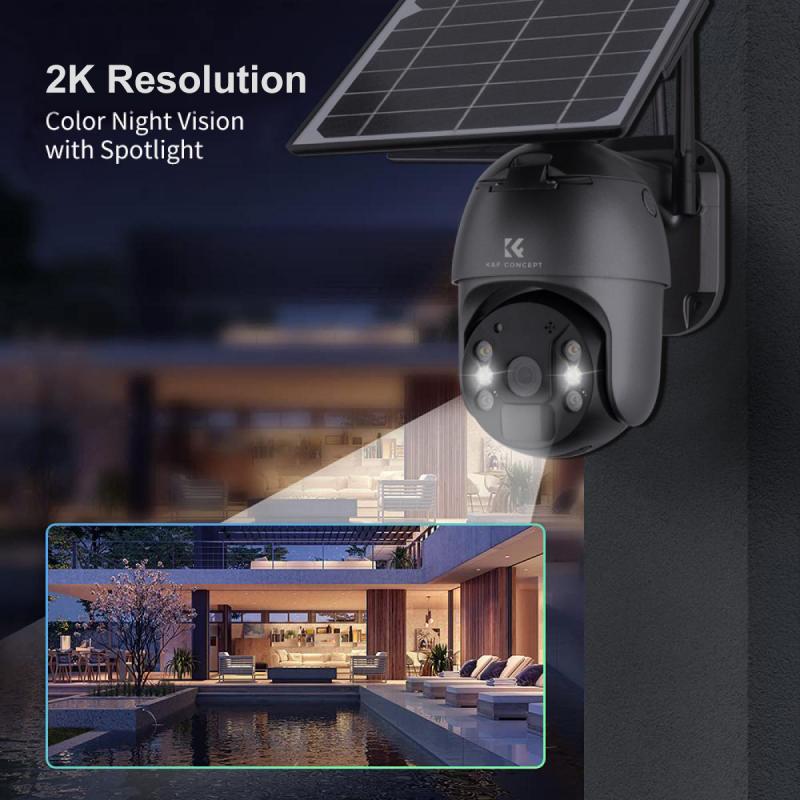
2、 Electronic signal jammers to block audio recording devices.
Electronic signal jammers can be used to block audio recording devices. These devices work by emitting a strong radio frequency signal that interferes with the audio recording capabilities of devices such as microphones and hidden cameras. When the signal jammer is activated, it creates a "white noise" effect that disrupts the audio recording process, rendering any captured audio unintelligible.
However, it is important to note that the use of signal jammers may be illegal in many jurisdictions. In some countries, the use, possession, or sale of signal jammers is strictly regulated or prohibited due to concerns about public safety and interference with legitimate communication systems. Therefore, it is crucial to familiarize oneself with the laws and regulations regarding signal jammers before considering their use.
Moreover, it is worth mentioning that advancements in technology have made it increasingly difficult to completely block audio recording devices. Manufacturers are constantly developing new methods and technologies to improve the sensitivity and range of microphones, making them more resistant to signal interference. Additionally, some recording devices may utilize encryption or other security measures to protect the captured audio.
In light of these considerations, it is advisable to explore alternative methods for protecting privacy and preventing unauthorized audio recording. These may include physical measures such as soundproofing rooms or using white noise machines to mask conversations. Additionally, individuals should remain vigilant and aware of their surroundings to detect any potential hidden recording devices.

3、 Legal considerations and regulations regarding audio recording device blocking.
Legal considerations and regulations regarding audio recording device blocking are essential to understand before attempting to block such devices. While it is understandable that individuals may have concerns about their privacy and want to prevent unauthorized audio recordings, it is important to approach this issue within the boundaries of the law.
In many jurisdictions, it is illegal to block or interfere with audio recording devices without proper authorization. This is because audio recording devices serve various legitimate purposes, such as law enforcement, security, and personal use. Therefore, blocking these devices without proper authority can be seen as a violation of privacy laws or even an obstruction of justice.
However, there are situations where audio recording device blocking may be legally permissible. For example, in certain private spaces where individuals have a reasonable expectation of privacy, such as their homes or offices, they may be allowed to implement measures to prevent unauthorized audio recordings. However, it is crucial to consult local laws and regulations to ensure compliance.
It is worth noting that the latest point of view on this matter is that technology is constantly evolving, and so are the laws and regulations surrounding it. As new audio recording devices and blocking techniques emerge, lawmakers and authorities are working to adapt and update the legal framework accordingly. Therefore, it is essential to stay informed about the latest developments in your jurisdiction to ensure compliance with the law.
In conclusion, while the desire to block audio recording devices is understandable, it is crucial to approach this issue within the boundaries of the law. Understanding the legal considerations and regulations surrounding audio recording device blocking is essential to avoid any potential legal consequences.
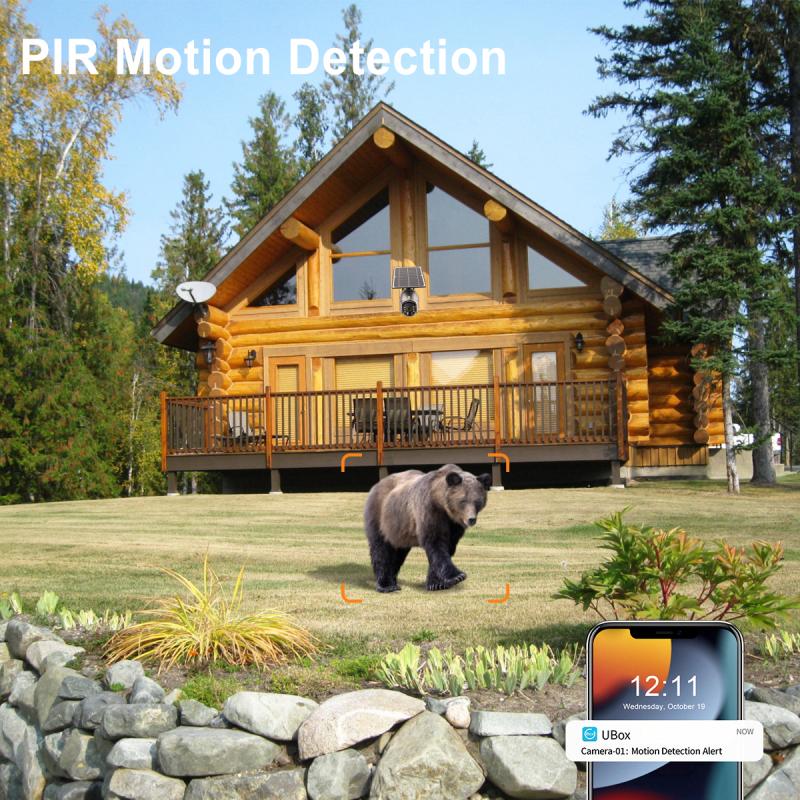
4、 Anti-spyware and anti-malware software for detecting and blocking audio recording.
To block audio recording devices, there are a few steps you can take to protect your privacy. However, it is important to note that completely blocking all audio recording devices may not be possible, as technology is constantly evolving. Here are some measures you can take:
1. Physical inspection: Regularly check your surroundings for any suspicious or hidden recording devices. Look for small devices that may be disguised as everyday objects.
2. Disable built-in microphones: Many devices, such as laptops, smartphones, and tablets, have built-in microphones. Go into the settings of each device and disable the microphone when not in use.
3. Use anti-spyware and anti-malware software: Install reputable security software that can detect and block spyware and malware. These programs can help identify any malicious software that may be recording audio without your consent.
4. Keep software up to date: Regularly update your operating system and applications to ensure you have the latest security patches. This helps protect against known vulnerabilities that could be exploited by spyware.
5. Be cautious with app permissions: When installing apps on your smartphone or tablet, carefully review the permissions they request. Avoid granting unnecessary permissions, such as access to your microphone, unless it is essential for the app's functionality.
6. Use soundproofing techniques: If you are concerned about someone eavesdropping on your conversations, consider using soundproofing materials in your home or office. These materials can help reduce the risk of audio recordings being captured from outside the room.
It is important to stay vigilant and adapt to the latest advancements in technology. While these measures can help protect your privacy, it is always a good idea to stay informed about new threats and security solutions.
